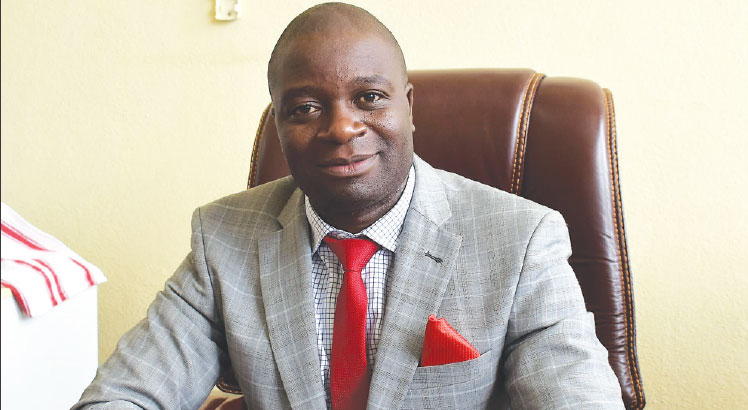SMEs shun commercial banks, report shows
While access to credit seems to be marginally improving in the country, many small and medium enterprises (SMEs) seem to be comfortable borrowing from the informal sector than the formal sector.
Results from the fourth Integrated Household Survey (IHS4) indicate that out of the 12.5 percent of people that had access to credit during the survey period— mostly for business start-ups—about 38 percent of the people borrowed from Village Savings and Loans (VSLs) groups compared to only 3.3 percent that borrowed from the formal financial sector.

VSLs are an important aspect of financial inclusion and they have helped poor communities to start and expand business, but also increase investments in different areas of their socio-economic status.
While banks and microfinance institutions have provided millions of people of the same services to financial services, provision of access in rural areas remains a major challenge.
It is costly for microfinance organisations to reach the rural poor, and as a consequence, the majority of them lack any access to formal financial services.
But VSLs have not only dominated the rural areas.
According to IHS4, VSLs provided credit to 39 percent of the people in the rural areas and 35 percent in the urban areas.
However, it has been argued that comparatively, VSLs offer exorbitant interest rates as compared to commercial banks and other money lending institutions.
They are said to charge between 10 to 15 percent per month compared to 26.5 percent charged by banks annually.
In an interview, Small and Medium Enterprises Association (Smea) president James Chiutsi said the informal sector, apart from providing business services, also offers value- added services including business advisory.
He said: “The informal sector offers more tailor-made solutions and encourages members to work as a team. The VSLs can lend even a start-up enterprise while banks would require a reasonable period of trading before one can qualify to get a loan.
“The other reason is that some informal lenders allow members to hold shares in the ventures, which is more enticing. However, SMEs fall prey to loan sharks (katapila) who charge in excess of 50 percent interest rate per month. This is rampant and is destroying SMEs.”
For the longest time, access to finance by most SMEs has been barred by collateral requirements. But in 2016, Malawi became the third country in sub-Saharan Africa after Ghana and Liberia to establish a modern online collateral registry system to enable businesses and individuals access loans using movable assets.
But Chiutsi noted that more needs to be done to educate SMEs on the collateral registry facility.
Recently, the Reserve Bank of Malawi (RBM) announced that 65 percent, or about K900 billion, of the country’s currency is outside the banking system, a development which might affect the operations of the monetary policy.
In an interview, RBM spokesperson Mbane Ngwira said there are several risks involved if businesses transact in the informal sector.
“When you look at development, there is the issue of saving. Banks are supposed to collect all the money and direct it to people who can invest.
“Money being outside the banking system means the savings will be low and investments will also be low. This also affects the growth of the economy,” he said.
In the National Strategy for Financial Inclusion for 2016-2020, government targets to increase the delivery of financial services at affordable costs to low-income segments of the society from the current 34 percent to 55 percent by 2020.
In Malawi, commercial banks remain the largest providers of financial services accounting to more than 50 percent of financial assets, 92 percent of total credit and 89 percent of total deposits. n





